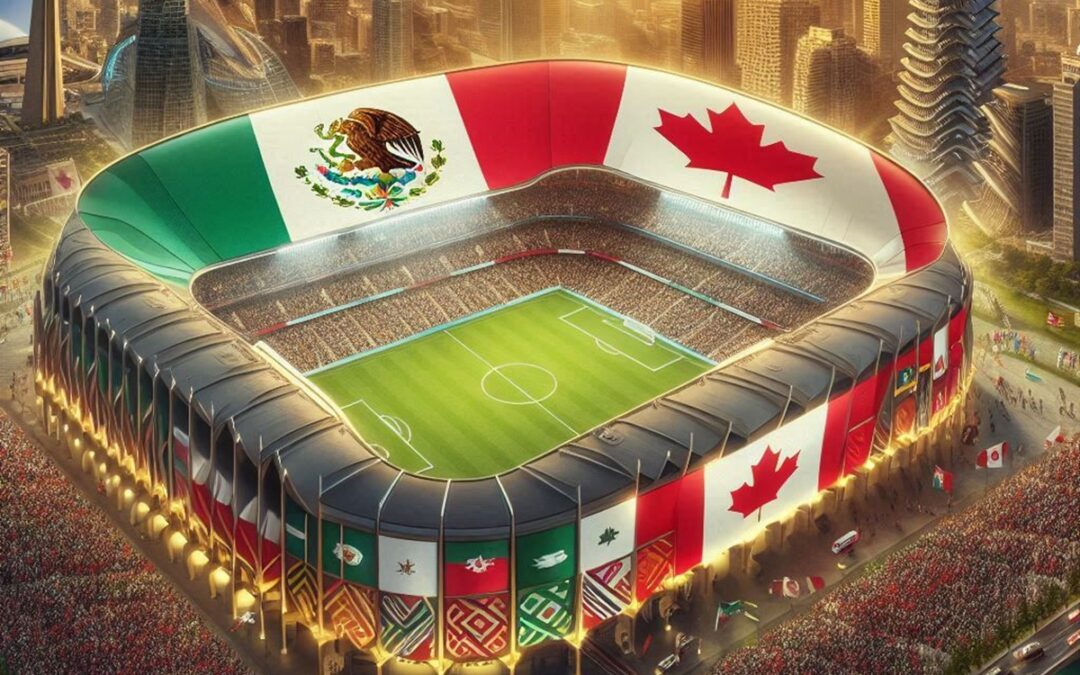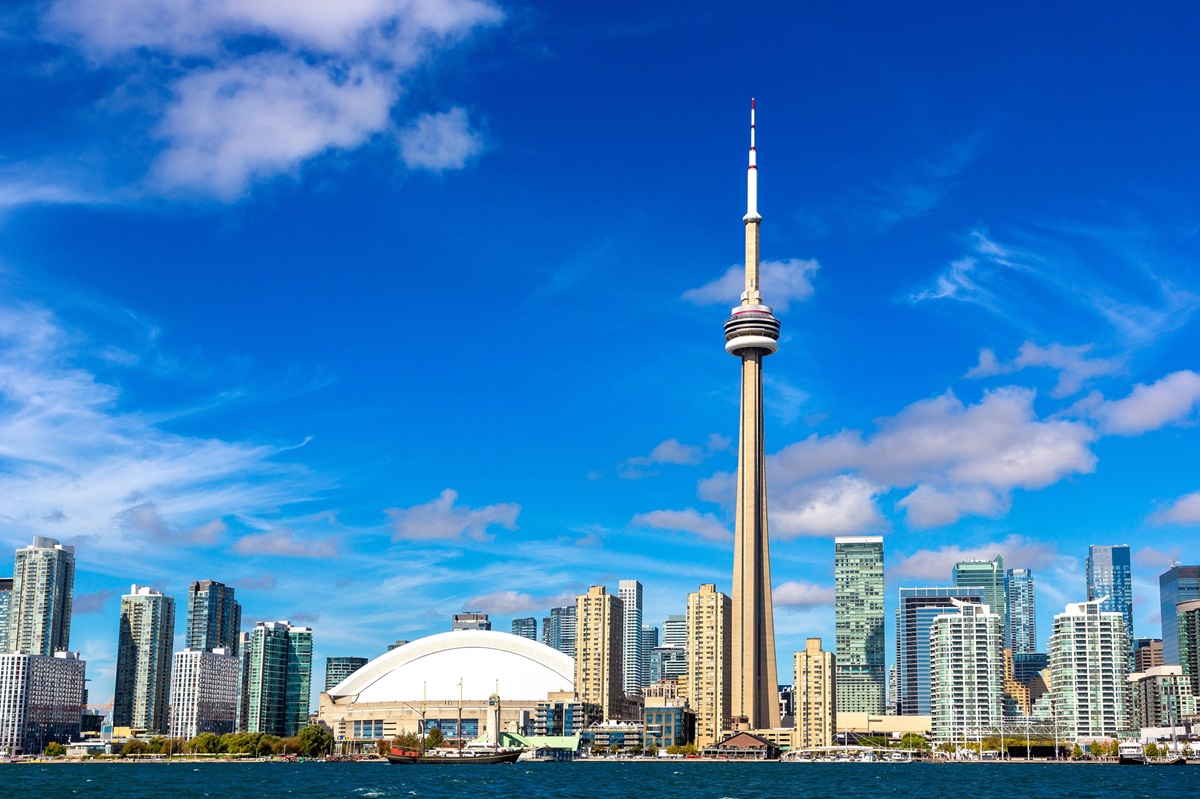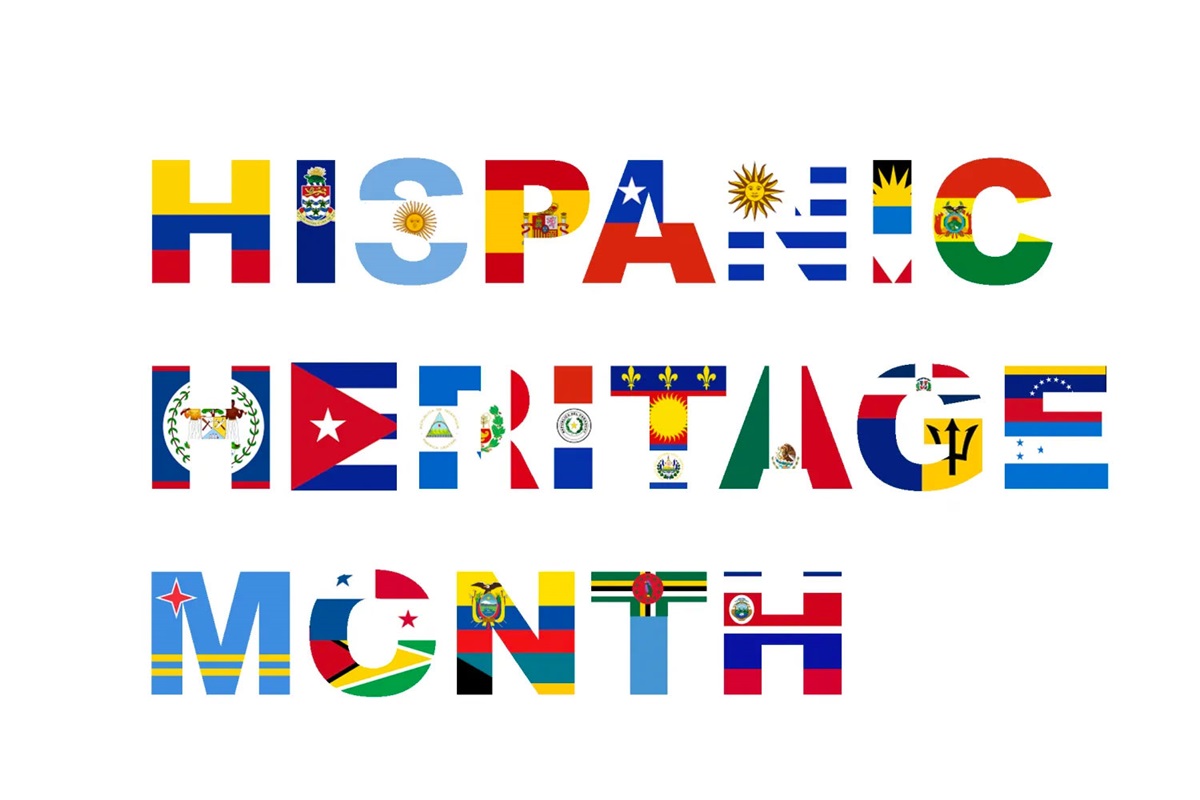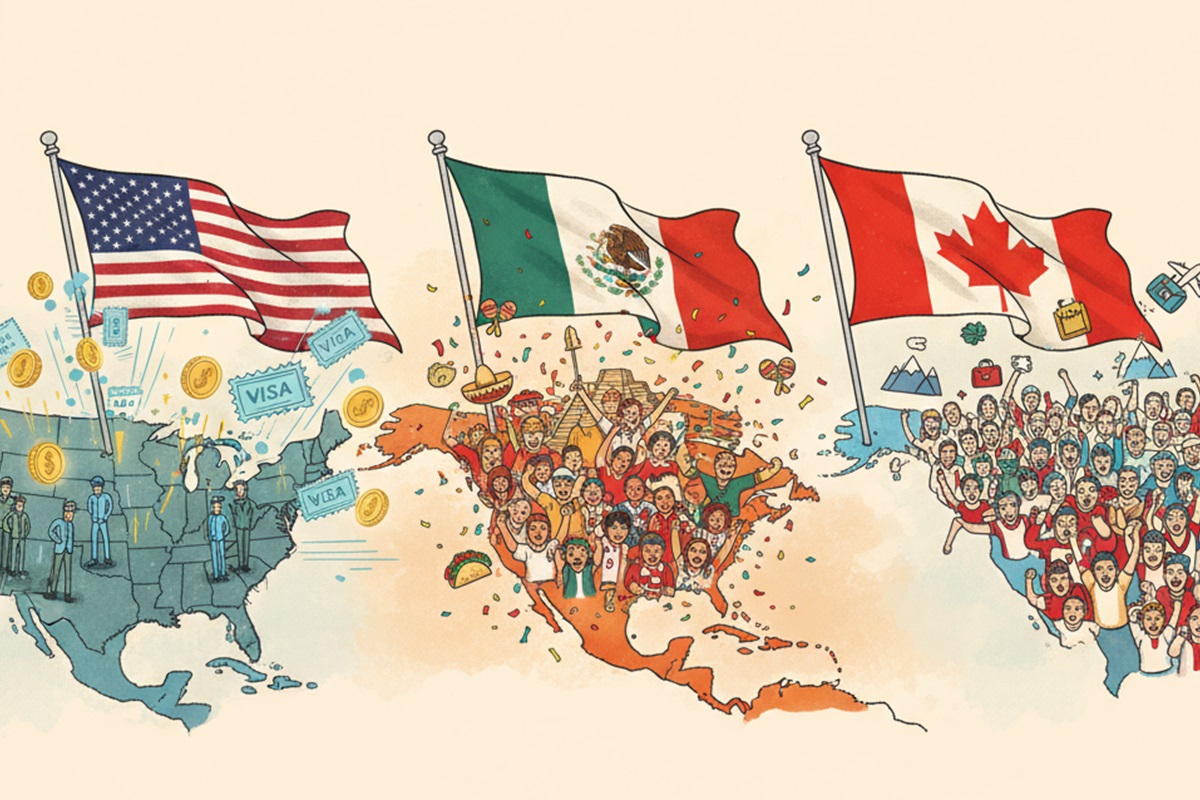The FIFA World Cup 2026 is shaping up to be more than just the planet’s biggest sporting spectacle—it’s a high-stakes economic catalyst for host countries, particularly Canada and Mexico. As excitement builds for the June 12 curtain-raiser in Toronto, new projections underscore how the event will significantly boost GDP, job creation, and long-term tourism infrastructure in both nations.
A $3.8 Billion Windfall for Canada
According to Deloitte Canada’s economic impact assessment, the tournament is poised to deliver CAD 3.8 billion in economic output between 2023 and 2026. That includes CAD 2 billion in gross domestic product, CAD 1.3 billion in labour income, and CAD 700 million in government revenues. Perhaps more importantly, the World Cup will create or sustain 24,100 jobs across the country, with Canada generating the highest number of jobs per match among the three host nations.
Toronto and Vancouver stand out as key economic hubs. The Greater Toronto Area is projected to generate CAD 940 million in economic activity, while Metro Vancouver could see CAD 1.3 billion. Hosting, of course, comes at a price—Vancouver’s costs range between CAD 483–581 million, and Toronto’s at approximately CAD 380 million. Yet, federal and provincial subsidies will ease the financial load, making the return on investment increasingly favorable.
Peter Montopoli, Chief Tournament Officer for FIFA World Cup 26 Canada, said, “This is the biggest single-sport event in history. We’re not just hosting games; we’re building a legacy for Canadian soccer and our national economy.”
Related content: Mexico and Canada: Appealing Soccer Sanctuaries
Mexico: More Than Just Matches
South of the border, Mexico is preparing for a World Cup-driven economic boom of its own. Though final figures are still under review, early indicators point to a multi-sector lift. Cities like Guadalajara, Monterrey, and Mexico City—each steeped in soccer tradition—will host matches, drawing global attention and spending.
Mexico’s already robust soccer culture and stadium infrastructure position it well to reap both direct and indirect benefits. Tourism, retail, and hospitality sectors are gearing up for a spike in demand. The government is also investing in long-term infrastructure—transportation systems and visitor services—that will outlast the final whistle.
Beyond economics, Mexico sees the tournament as a soft-power megaphone to showcase modernization, urban hospitality, and rich cultural heritage. It’s a stage to redefine its global image while solidifying its place in international sports.
Beyond the Pitch: A Social and Economic Legacy
In both Canada and Mexico, the World Cup will leave behind upgraded infrastructure, stronger local economies, and energized soccer cultures. Community engagement programs—volunteer networks, youth development, and cultural festivals—aim to ensure inclusivity and long-term impact.
As North America readies for a summer of soccer in 2026, the tournament stands as a beacon of economic potential, social progress, and international celebration. Whether it’s the CAD 3.8 billion boost in Canada or the revitalized tourism corridors of Mexico, the beautiful game is set to deliver more than goals—it will deliver transformation.







